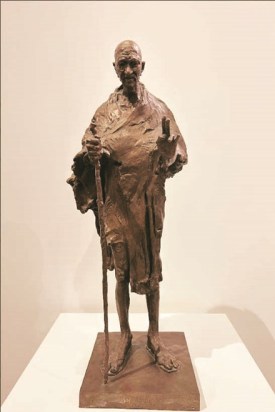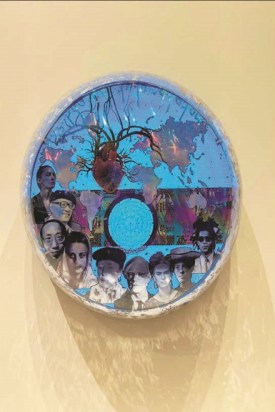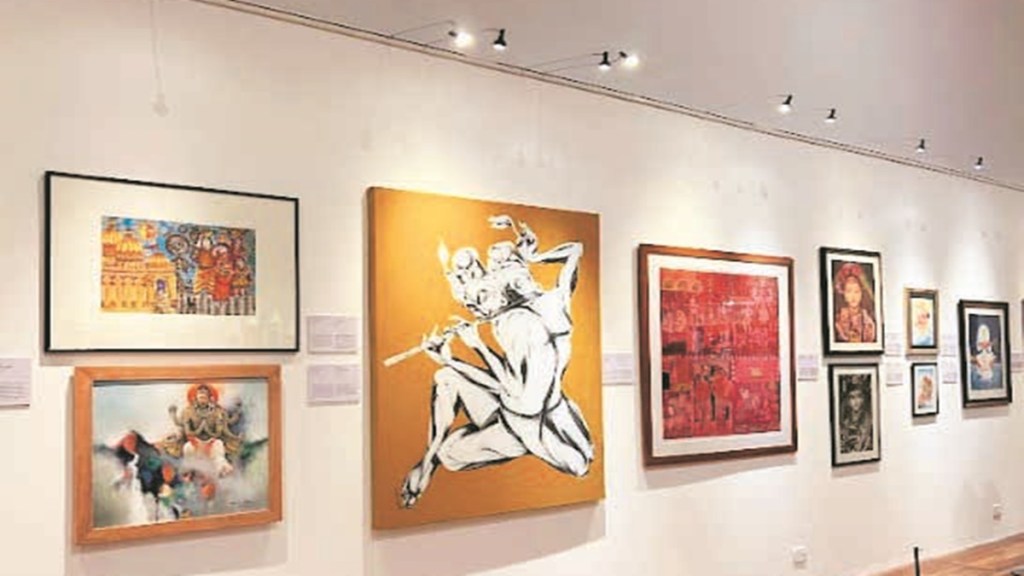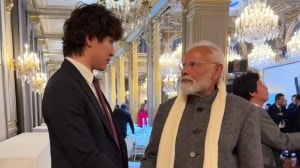When one thinks of a museum biennale, cities in the West, especially in Europe such as Paris, London and Saint Petersburg, among others, which house some of the most prominent museums, come to the mind. However, it is Patna, which is currently hosting the world’s first such biennale. The second edition of the Bihar Museum Biennale (BMB), now in its first physical form, is currently underway at the Bihar Museum and is witnessing the participation of four Indian museums, along with several international exhibits.
Among the highlights is the G20 exhibition. Based on the theme of ‘Together We Art’, it showcases stunning artworks of several national and international artists from the G20 nations. From adding a modern twist to the ancient, and making a Bodhi tree with e-waste, to a statue of Mahatma Gandhi made with Chinese techniques, and a stunning painting by a Japanese artist of a landscape that doesn’t exist, the exhibition offers a lot and more. Video and sound works add to the overall experience. Locals, across age groups, engaging with the artworks and the artists, understanding the thought process and story behind their work, is a testimony of the kind of cultural exchange such an event can foster.

“For me, it is about communication,” says Dr Alka Pande, chief curator and artistic producer of BMB. “It is about reaching out to a large cross-section of people. It is not about talking to the initiated. I don’t want to talk to those who already are museum people. I want to get new people in,” she says, when asked about the idea and intent behind the four-month-long biennale.
While it can be a difficult pick, the highlight for Dr Pande was “to watch the artists from Nepal make the mandala in front of me. From planning the space and putting the tape marks on the design, carefully sieving the minerals and bringing the artwork to life, it has been such a beautiful experience. It took them six days of work, from 10 to 7. They did it with so much dedication,” she says.
The Nepali exhibit, titled Where the Deities Reside, is nothing short of brilliant. Paying homage to the Hindu and Buddhist deities, the display perfectly captures Nepal’s syncretic spiritual atmosphere and transforms you into a zone akin to a spiritual heaven. Apart from paintings, the metal and wood statues, and the stunning mandala, offer a glimpse into Nepal’s exquisite culture.
While the Nepali exhibit transforms you into a spiritual abode, the one by Russian artists takes you on a mystical journey. Aptly titled Mystic Universe, it is the perfect confluence of art, technology, heritage and mysticism and takes you on an immersive journey through time and culture.

Bihar is at the centre of things. The Regional Art Gallery displays the rich art and culture of the state by showcasing the works of six Padma Shri artists of Bihar. From the famous Madhubani artworks of Jagdamba Devi, Baua Devi, Godavari Dutta and Dulari Devi and papier-mache creations of Subhadra Devi to the works of Bawan Buti artist Kapil Dev Prasad, it is playing upon the state’s soft power on the front foot.
While displaying India’s collective strength to the world was the intent behind the biennale, it was also to offer museums and museum-related professionals a platform to “share their history, issues, uniqueness, solutions and collection”, as per Anjani Kumar Singh, the director general of Bihar Museum and advisor to the state’s chief minister.
While the biennale does that effortlessly, the engagement it generates among the locals is among the most prominent takeaways. “Who knows, out of so many people, five will be touched. A small kid would remember that he was taken to the museum. It can change your life,” says Dr Pande.






